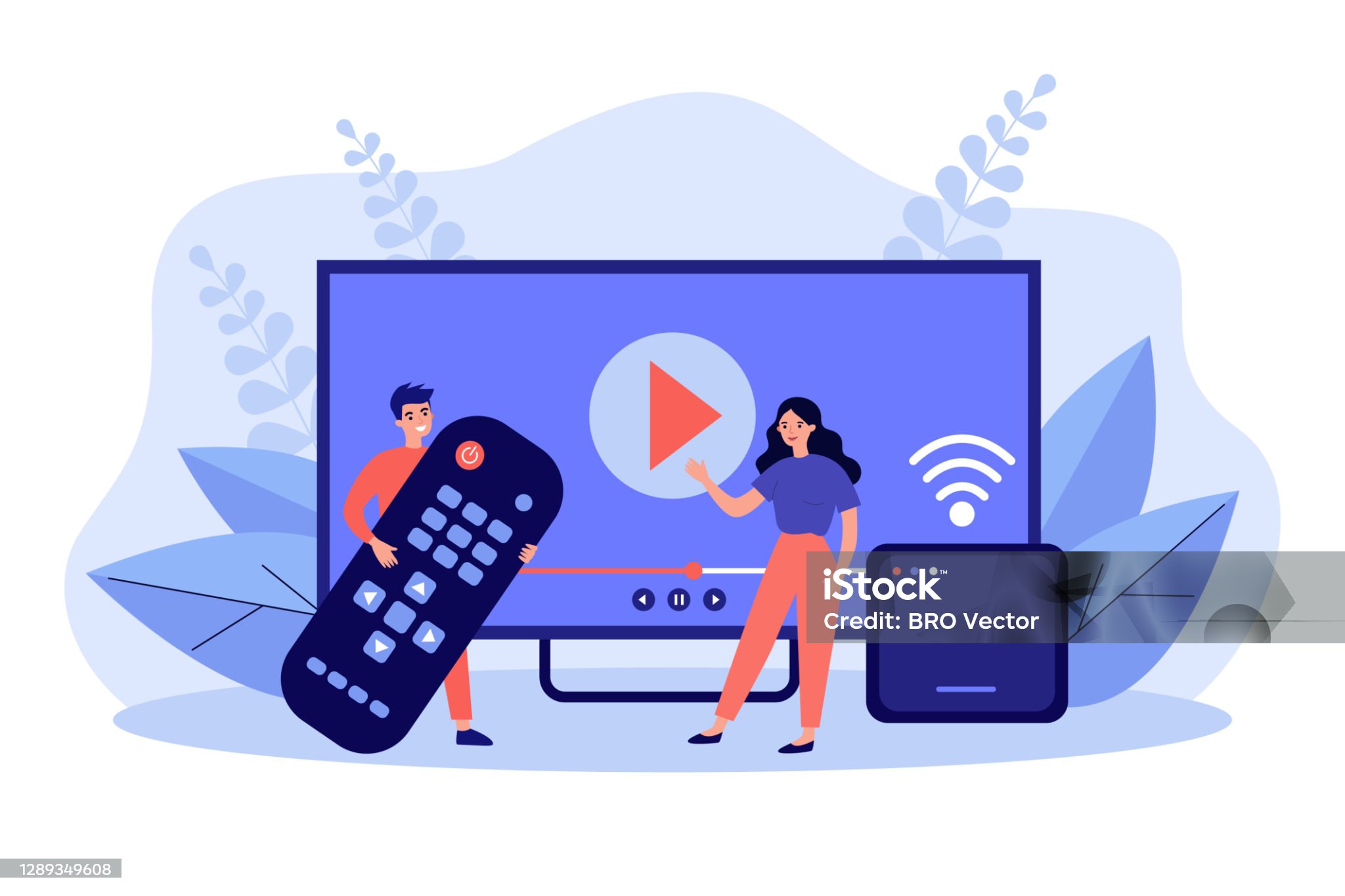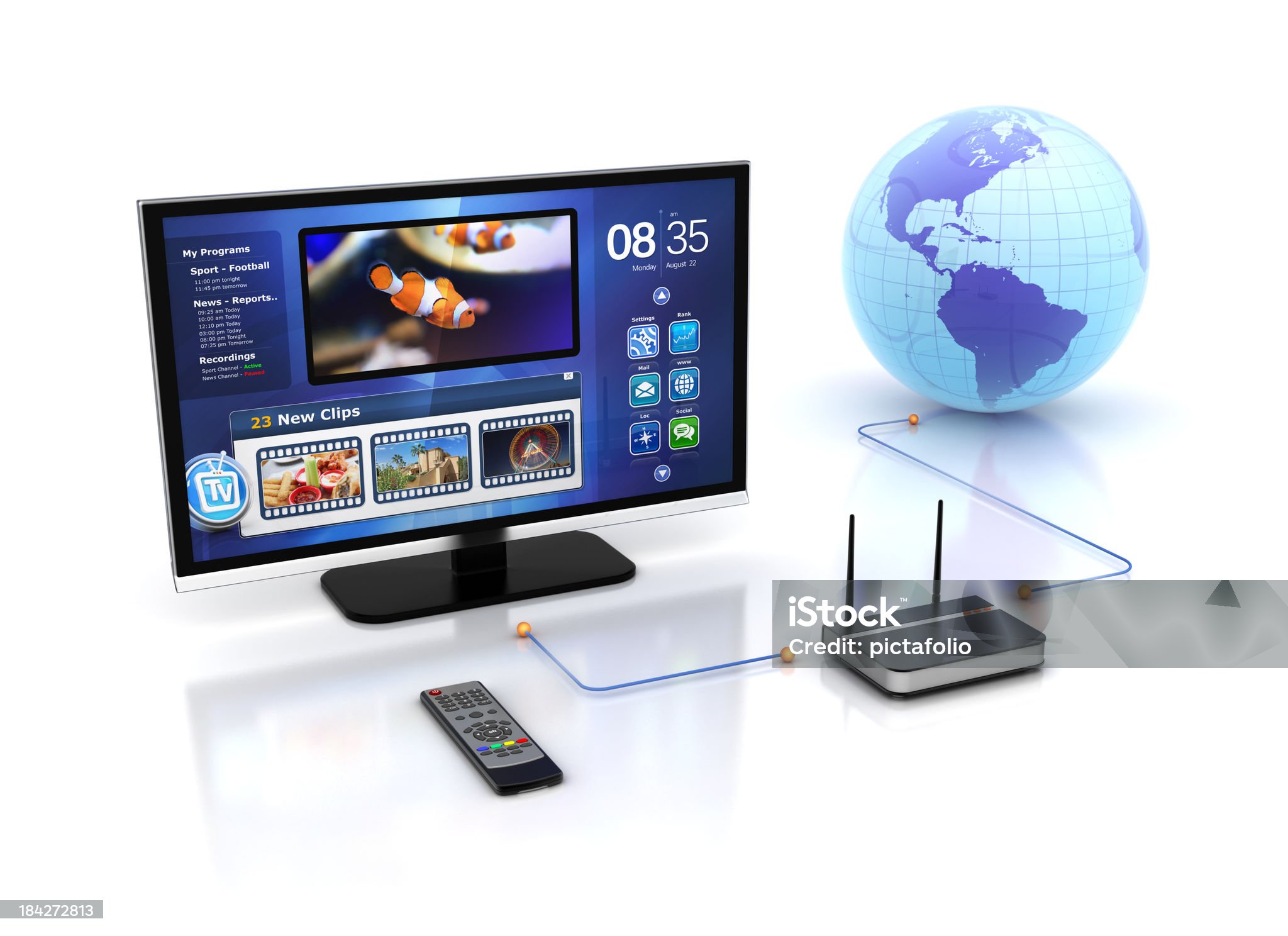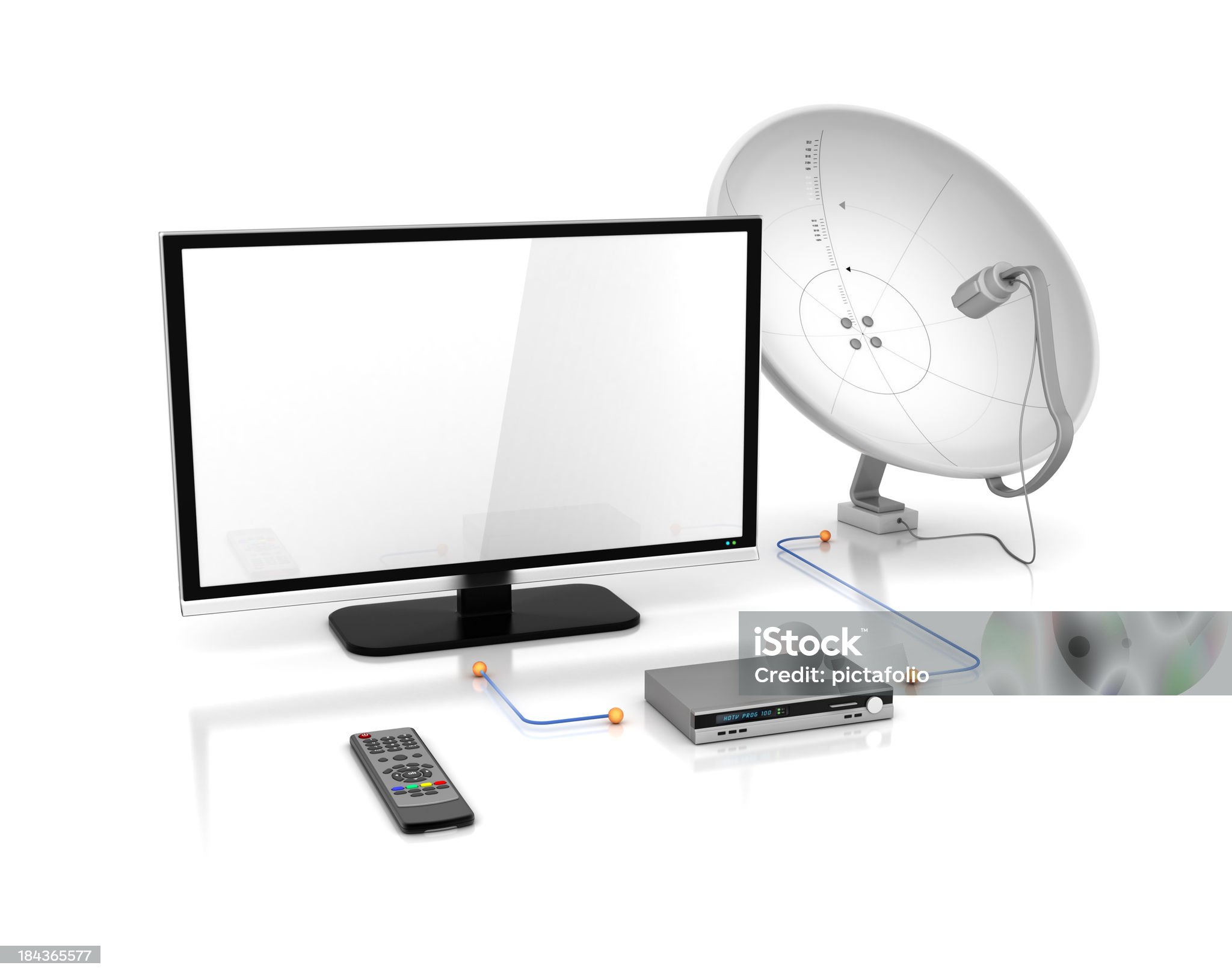1.Understanding IPTV

IPTV, or Internet Protocol Television, is gaining increasing influence within the media industry. In stark contrast to traditional cable and satellite TV services that use expensive and primarily proprietary broadcasting technologies, IPTV is transmitted over broadband networks by using the same Internet Protocol (IP) that serves millions of personal computers on the current internet infrastructure. The concept that the same shift towards on-demand services is forthcoming for the multiscreen world of TV viewing has already piqued the curiosity of various interested parties in technology integration and future potential.
Consumers have now begun consuming TV programs and other video entertainment in many different places and on multiple platforms such as cell or mobile telephones, computers, laptops, PDAs, and additional tools, alongside conventional televisions. IPTV is still in its infancy as a service. It is undergoing significant growth, and different commercial approaches are taking shape that may help support growth.
Some argue that economical content creation will likely be the first type of media creation to dominate compact displays and capitalize on niche markets. Operating on the business side of iptv cheap the TV broadcasting pipeline, the current state of IPTV hosting or service, nevertheless, has several distinct benefits over its traditional counterparts. They include HDTV, on-demand viewing, personal digital video recorders, audio integration, online features, and instant professional customer support via alternative communication channels such as mobile phones, PDAs, satellite phones, etc.
For IPTV hosting to function properly, however, the networking edge devices, the primary networking hub, and the IPTV server consisting of video encoders and server hardware configurations have to collaborate seamlessly. Numerous regional and national hosting facilities must be highly reliable or else the signal quality deteriorates, shows may vanish and don’t get recorded, communication halts, the picture on the TV screen is lost, the sound becomes choppy, and the shows and services will fail to perform.
This text will examine the competitive environment for IPTV services in the U.K. and the United States. Through such a detailed comparison, a number of key regulatory themes across multiple focus areas can be explored.
2.Legal and Policy Structures in the UK and US Media Sectors

According to the legal theory and the related academic discourse, the regulatory strategy adopted and the details of the policy depend on perspectives on the marketplace. The regulation of media involves rules on market competition, media control and proprietorship, consumer protection, and the defense of sensitive demographics.
Therefore, if the goal is to manage the market, we have to understand what characterizes media sectors. Whether it is about ownership restrictions, competition analysis, consumer safeguards, or children’s related media, the policy maker has to have a view on these markets; which content markets are expanding rapidly, where we have competition, integrated vertical operations, and cross-sector proprietorship, and which media markets are slow to compete and suitable for fresh tactics of market players.
Put simply, the media market dynamics has already shifted from static to dynamic, and only if we consider policy frameworks can we predict future developments.
The rise of IPTV on a global scale makes its spread more common. By combining a number of conventional TV services with novel additions such as technology-driven interactive options, IPTV has the potential to be a significant element in boosting remote area viability. If so, will this be adequate to reshape regulatory approaches?
We have no proof that IPTV has extra attractiveness to the people who do not subscribe to cable or DTH. However, certain ongoing trends have slowed down IPTV's growth – and it is these developments that have led to tempering predictions on IPTV growth.
Meanwhile, the UK adopted a liberal regulation and a proactive consultation with industry stakeholders.
3.Major Competitors and Market Dynamics

In the United Kingdom, BT is the dominant provider in the UK IPTV market with a share of 1.18%, and YouView has a 2.8% share, which is the landscape of single and two-service bundles. BT is typically the leader in the UK according to market data, although it varies marginally over time across the 7–9% range.
In the United Kingdom, Virgin Media was the pioneer in launching IPTV based on digital HFC networks, followed shortly by BT. Netflix and Amazon Prime are the leading over-the-top platforms in the UK IPTV market. Amazon has its own streaming device service called Amazon Fire TV, comparable to Roku, and has just entered the UK. However, Netflix and Amazon are not available in any telecommunications provider networks.
In the US, AT&T topped the ranking with a 17.31% stake, surpassing Verizon’s FiOS at 16.88%. However, considering only DSL-based IPTV services, the leader is CenturyLink, with runners-up AT&T and Frontier, and Lumen.
Cable TV has the majority hold of the American market, with AT&T drawing an impressive 16.5 million users, mostly through its U-verse service and DirecTV service, which also functions in South America. The US market is, therefore, split between the leading telecom providers offering IPTV services and modern digital entrants.
In Western markets, key providers offer integrated service packages or a customer retention approach for the majority of their marketing, promoting multi-play options. In the United States, AT&T, Verizon, and Lumen largely use infrastructure owned by them or existing telecom networks to offer IPTV services, however on a lesser scale.
4.IPTV Content and Plans

There are differences in the media options in the UK and US IPTV markets. The types of media offered includes real-time national or local shows, programming available on demand, recorded programming, and unique content like TV shows or movies only available through that service that aren’t sold as videos or aired outside the platform.
The UK services offer traditional rankings of channels comparable with the UK cable platforms. They also provide moderately sized plans that include the key pay TV set of channels. Content is organized not just by preferences, but by distribution method: terrestrial, satellite, Freeview, and BT Vision VOD.
The main differentiators for the IPTV market are the payment structures in the form of preset bundles versus the more adaptable à la carte model. UK IPTV subscribers can opt for extra content plans as their viewing tastes change, while these channels will be pre-selected in the US, in line with a user’s initial preset contract.
Content alliances highlight the distinct policy environments for media markets in the US and UK. The era of condensed content timelines and the evolving industry has significant implications, the most direct being the market role of the UK’s leading IPTV provider.
Although a recent newcomer to the crowded and competitive UK TV sector, Setanta is placed to attract a large customer base through presenting a modern appeal and having the turn of the globe’s highest-profile rights. The brand reputation plays an essential role, combined with a product that has a competitive price point and provides the influential UK club football fans with an enticing extra service.
5.Emerging Technologies and Upcoming Innovations

5G networks, combined with millions of IoT devices, have disrupted IPTV development with the introduction of AI and machine learning. Cloud computing is significantly complementing AI systems to enable advanced features. Proprietary AI recommendation systems are increasingly being implemented by content service providers to capture audience interest with their own distinctive features. The video industry has been enhanced with a modernized approach.
A larger video bitrate, via better resolution or improved frame rates, has been a primary focus in improving user experience and attracting subscribers. The breakthrough in recent years were driven by new standards developed by industry stakeholders.
Several proprietary software stacks with a compact size are close to deployment. Rather than focusing on feature additions, such software stacks would allow media providers to concentrate on performance tweaks to further improve customer satisfaction. This paradigm, like the previous ones, relied on user perspectives and their expectation of worth.
In the near future, as the technology adoption frenzy creates a level playing field in audience engagement and industry growth levels out, we anticipate a more streamlined tech environment to keep senior demographics interested.
We emphasize a couple of critical aspects below for the two major IPTV markets.
1. All the major stakeholders may contribute to the next phase in content consumption by transforming traditional programming into interactive experiences.
2. We see virtual and augmented reality as the main catalysts behind the rising trends for these fields.
The constantly changing audience mindset puts data at the core for every stakeholder. Legal boundaries would obstruct easy access to consumers' personal data; hence, data privacy and protection laws would hesitate to embrace new technologies that may risk consumer security. However, the present streaming landscape suggests otherwise.
The IT security score is currently extremely low. Technological leaps and bounds have made security intrusions more digitally sophisticated than a job done hand-to-hand, thereby favoring cybercriminals at a greater extent than traditional thieves.
With the advent of headend services, demand for IPTV has been growing steadily. Depending on user demands, these developments in technology are going to change the face of IPTV.
References:Bae, H. W. and Kim, D. H. "A Study of Factors affecting subscription to IPTV Service." JBE (2023). kibme.org
Baea, H. W. and Kima, D. H. "A Study about Moderating Effect of Age on The IPTV Service Subscription Intention." JBE (2024). kibme.org
Cho, T., Cho, T., and Zhang, H. "The Relationship between the Service Quality of IPTV Home Training and Consumers' Exercise Satisfaction and Continuous Use during the COVID-19 Pandemic." Businesses (2023). mdpi.com